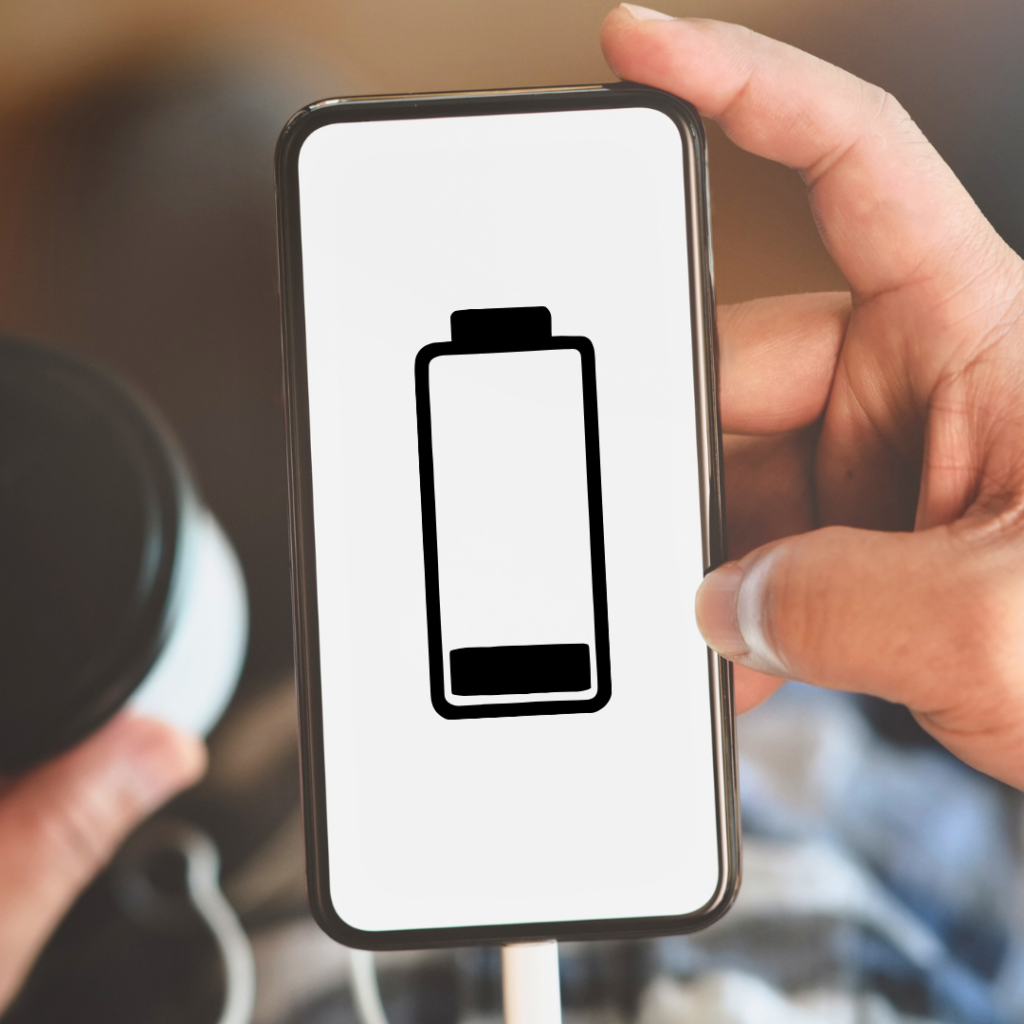Why Do People Want iPhones with USB-C?

In the world of smartphones, Apple has always been a trendsetter, constantly pushing the boundaries of innovation. However, one debate that’s been swirling around for years is whether Apple should finally ditch its proprietary Lightning port in favor of the more widely used USB-C. Since 2012, iPhones have relied on the Lightning connector, but as technology evolves, so do consumer demands. With rumors of an upcoming iPhone featuring USB-C, many are asking: Why do people want iPhones with USB-C so badly?
Let’s explore the reasons behind the clamor for this change.
1. Simplified Charging and Compatibility
One of the biggest reasons iPhone users want USB-C is the promise of one cable to rule them all. USB-C is fast becoming the universal standard for charging and data transfer across most devices, from Android phones and laptops to gaming consoles, tablets, and even Apple’s own MacBook and iPad Pro.
Right now, iPhone users are forced to juggle different cables—one for their iPhone and another for other gadgets that support USB-C. This adds clutter and frustration, especially for people who are constantly on the go. Imagine how much simpler life would be with just one cable to charge all your devices. No more hunting for the right cord or lugging around multiple chargers. That’s the kind of convenience a USB-C iPhone would bring.
2. Speed, Speed, Speed: Data Transfer and Charging
While the Lightning connector was ahead of its time when introduced, it has since fallen behind in terms of performance. USB-C, particularly in its advanced Thunderbolt 3 and 4 versions, offers much faster data transfer rates—up to 40 Gbps compared to the 480 Mbps offered by Lightning. For the average person, this might not seem like a big deal, but for those who transfer large files—think high-resolution photos or videos—this can be a game-changer.
Creative professionals, like photographers and videographers, often transfer huge files between their iPhones and computers. With USB-C, this process would be significantly faster, saving both time and effort. And let’s not forget the casual user who backs up their photos or syncs their music—a faster connection is a win for everyone.
USB-C also supports much faster charging speeds. With USB Power Delivery (USB-PD), USB-C can deliver up to 100 watts of power, meaning devices can charge much quicker than they do with Lightning. Given how reliant we are on our smartphones for just about everything, faster charging is a feature that many users crave. With a USB-C iPhone, you could spend less time tethered to an outlet and more time using your phone as intended.

3. Environmental and Financial Benefits
Another huge push for a USB-C iPhone comes from environmental concerns. Electronic waste (e-waste) is a growing problem, and a significant chunk of it comes from discarded charging cables and adapters. When people upgrade their phones, they often find that their old chargers are no longer compatible, which leads to unnecessary waste.
USB-C is seen as a more eco-friendly solution because it’s a universal standard. If Apple adopted USB-C for iPhones, users wouldn’t need to replace their chargers with each new model, reducing e-waste. The fewer proprietary Lightning cables in circulation, the better for the environment. Plus, consumers would save money by not having to buy new chargers or adapters every time they upgrade their iPhone.
For many users, the idea of using the same charger for their iPhone, laptop, and other devices is appealing—not just for the sake of convenience but also for the planet.
4. Regulatory Pressures and Future-Proofing
It’s not just consumers pushing for USB-C. Regulatory bodies, especially in Europe, have been urging Apple and other tech companies to adopt a universal charging standard. In 2022, the European Union passed a law requiring all smartphones sold in the region to use USB-C by the end of 2024. The aim is to reduce e-waste and simplify the charging experience for consumers.
While Apple initially pushed back, arguing that such regulations stifle innovation, it’s becoming clear that the company may have no choice but to comply if it wants to continue selling iPhones in Europe. This regulatory pressure is a significant reason why a USB-C iPhone is on the horizon.
For consumers, this is great news. It means fewer cables, less e-waste, and a more streamlined tech ecosystem.
5. Keeping Up with Innovation
Finally, there’s the issue of staying competitive. USB-C is widely regarded as the connector of the future. It supports not just faster charging and data transfer but also video output and other advanced functions. As more and more devices embrace USB-C, Apple risks falling behind if it sticks with Lightning.
While the Lightning port was groundbreaking when it launched, it hasn’t kept pace with the rapid advancements in tech. Switching to USB-C would allow Apple to offer even more innovative features on its iPhones, keeping them competitive with other leading smartphones.

Conclusion
The demand for USB-C on iPhones is fueled by a combination of practical, environmental, and regulatory factors. Consumers want the convenience of a universal charging solution, faster data transfer and charging speeds, and the ability to reduce e-waste. As Apple continues to innovate, adopting USB-C for iPhones seems like the logical next step.
For users, this change would simplify their tech lives, improve device performance, and help the environment—all while ensuring that Apple’s iPhones stay at the cutting edge of technology. The demand for USB-C isn’t just a trend; it’s a reflection of modern needs and future expectations. Whether for convenience, sustainability, or performance, the clamor for a USB-C iPhone shows no signs of slowing down.
